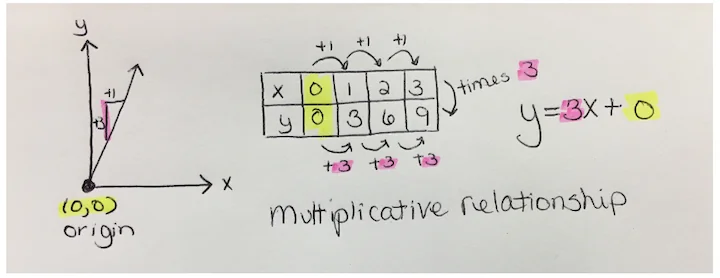Karen Arth, Fresno, CA karenarth@cpm.org
For the old folks like me, you might remember Bob Dylan’s song from 1964, “The Times They Are A Changin.” (Hopefully you have at least have heard of Bob Dylan!) That song’s title is still relevant and its applicableness continues today, and, perhaps, now more than ever in mathematics. The 21st Century Skills desired by employers (effective communication, collaboration, critical thinking, and creativity), along with the power of technology, require us to teach mathematics differently than in the past.
With the CCSS, students now have two sets of standards, the Content Standards and the Standards for Mathematical Practice (SMP), the what and,the how. How mathematics needs to be taught is the big change for many teachers. SMP #1, Make sense of the math and persevere in solving, and #3, Construct viable arguments and critique the reasoning of others, require students to grapple with the mathematics of the lesson. The Teaching Practices, as outlined in NCTM’s Principles to Actions, state the importance of productive struggle. Both documents ask students to take on some of the math authority. But this is the start, not the end of the story. Lesson closure is equally important for student success. Students might see/understand problem 52, parts a, b, and c, but, are they truly making the connections that are necessary to see the big picture, the overall story? Maybe some students are, but definitely not all students.
I believe that lesson closure is as important as the SMPs and productive struggle for student success. However, many teachers admit that they seldom get to the closure, either they lose track of time or run out of time. There are different ways of developing the habit of closure. One way is the use of a timer. If lesson closure will take five minutes, consider setting the timer for seven minutes before the end of the lesson. The teacher can instruct teams, “If you haven’t finished problem 72, Facilitators, make sure your team reads through all of it now, because we will be closing the lesson in a few minutes.” If you have a clock on the wall that you tend to check, you might have a sign above it that says “Closure!!!” or, you can put a sticky note in your teacher edition that you move from lesson to lesson as a constant reminder. You can even have your class remind you at a given time each period.
An effective closure can be as difficult as it is important. Closure is not just a restatement of the lesson objective, but rather a bringing together of the specific mathematics from the day. One way to think of what an effective closure might look like is to imagine two students returning from a field trip. They both have missed the math lesson, but are there in time for closure. Student A’s teacher summarizes the lesson by saying, “Today we learned about multiple representations of a proportional relationship. We started with a word problem from which we were able to create a table, a graph and then a rule. Tomorrow we will continue looking at proportional relationships as well as relationships that are linear, but not proportional.” Student B’s teacher closes the lesson by having a discussion. “Today we learned about multiple representations of a proportional relationship. How can we describe the graph?” (Students answer and teacher sketches on the board.) “What does the table look like? As the students answer, the teacher adds to the board with a sketch of each representation, making connections among them:

Which closure is more powerful? The second one takes a little more planning, but if we as teachers struggle with, and hence end the class without a closure, how can we expect students to pull the mathematical ideas from the lesson together when we struggle with it ourselves?
So make a commitment to have a lesson closure each day. There is a suggested closure in the teacher notes, discussion questions at the beginning of the lesson that can be referred back to, student work that can be presented, and many other ways to effectively bring together the mathematics of the day. Although teaching mathematics and mathematical thinking are not easy, when done thoughtfully and effectively, they each can be one of the greatest gifts we give our students.